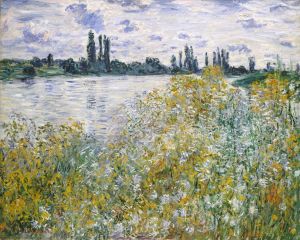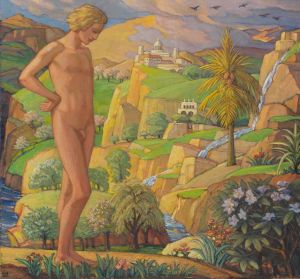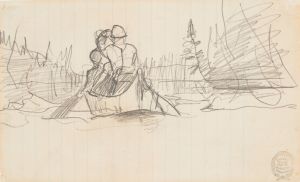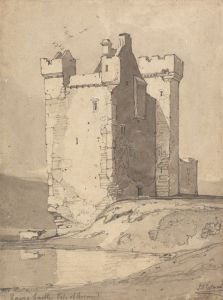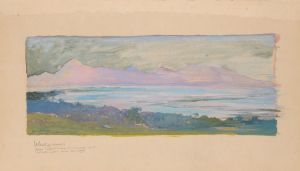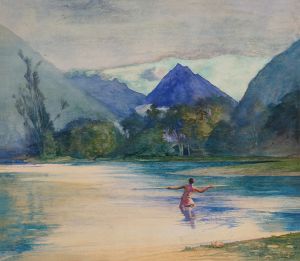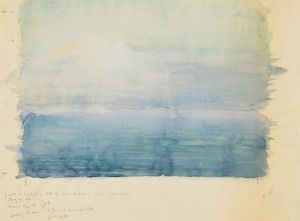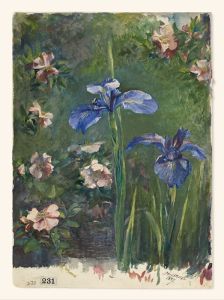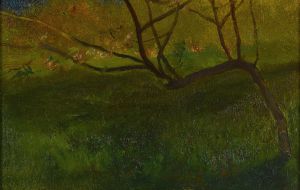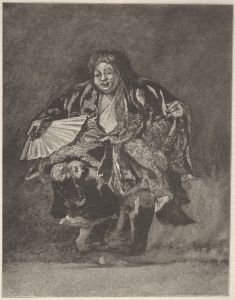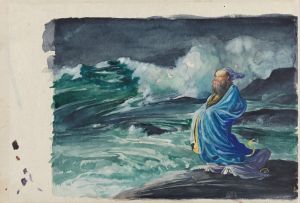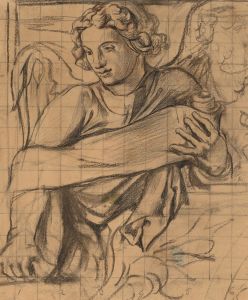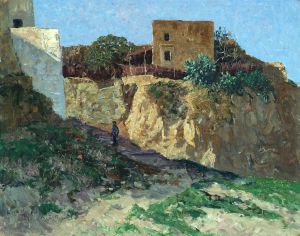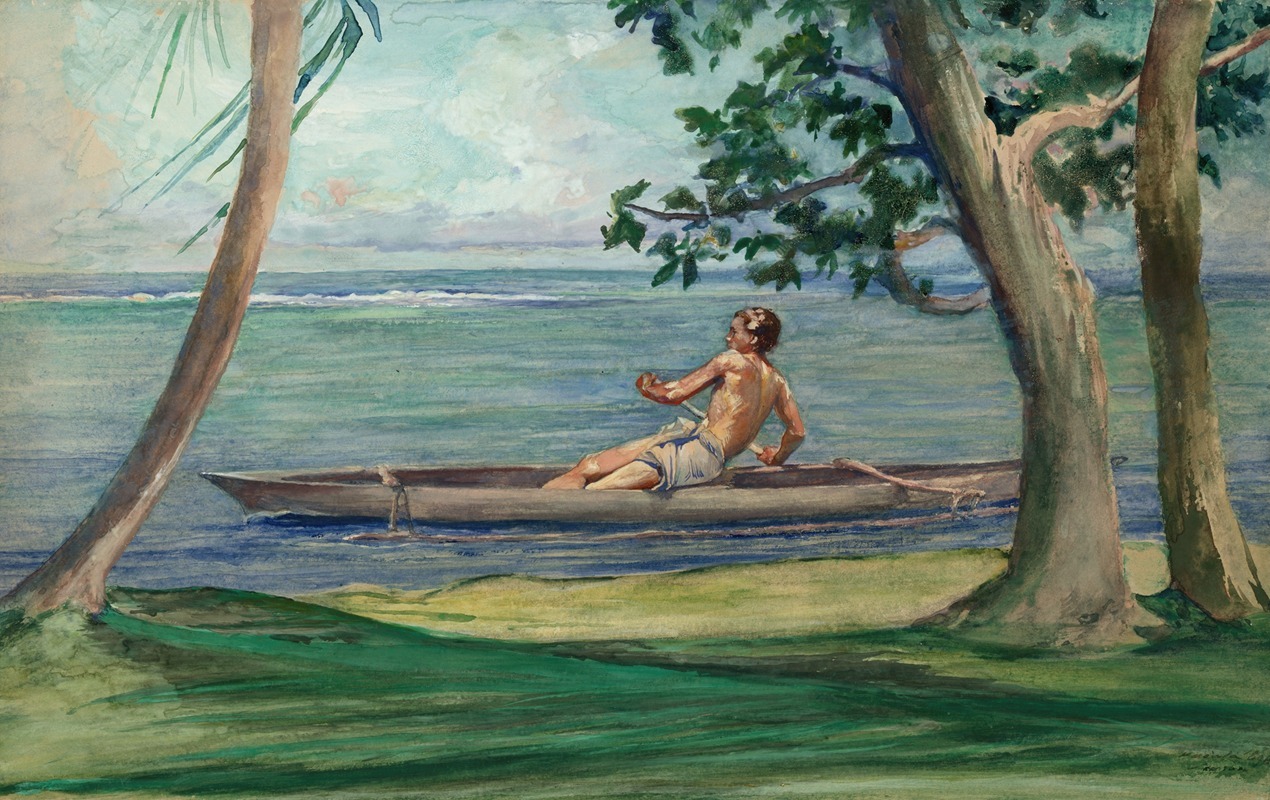
Boy in Canoe Passing in Front of Our House, Vaiala, Samoa
A hand-painted replica of John La Farge’s masterpiece Boy in Canoe Passing in Front of Our House, Vaiala, Samoa, meticulously crafted by professional artists to capture the true essence of the original. Each piece is created with museum-quality canvas and rare mineral pigments, carefully painted by experienced artists with delicate brushstrokes and rich, layered colors to perfectly recreate the texture of the original artwork. Unlike machine-printed reproductions, this hand-painted version brings the painting to life, infused with the artist’s emotions and skill in every stroke. Whether for personal collection or home decoration, it instantly elevates the artistic atmosphere of any space.
"Boy in Canoe Passing in Front of Our House, Vaiala, Samoa" is a painting by the American artist John La Farge. Created in 1891, this artwork is a significant example of La Farge's work during his travels in the South Pacific. John La Farge (1835-1910) was an influential painter, stained glass artist, and writer, known for his contributions to American art in the late 19th and early 20th centuries.
La Farge embarked on a journey to the South Pacific in 1890, accompanied by his friend and fellow artist Henry Adams. This trip was part of a broader trend among Western artists and writers who sought inspiration from the exotic and relatively uncharted regions of the world. La Farge's travels took him to various islands, including Samoa, Tahiti, and Fiji, where he created numerous sketches, watercolors, and paintings that captured the landscapes, people, and cultures he encountered.
"Boy in Canoe Passing in Front of Our House, Vaiala, Samoa" depicts a serene and picturesque scene in the village of Vaiala on the island of Upolu in Samoa. The painting shows a young boy paddling a canoe across calm waters, with a traditional Samoan fale (house) visible in the background. The composition is characterized by its vibrant colors, attention to detail, and the tranquil atmosphere that La Farge skillfully conveys.
La Farge's use of color and light in this painting reflects his deep appreciation for the natural beauty of the South Pacific. The lush greenery, clear blue waters, and the warm, golden light of the setting sun are rendered with a sense of immediacy and intimacy. The boy in the canoe is depicted with a sense of movement and grace, emphasizing the harmony between the human figure and the surrounding environment.
This painting is notable not only for its aesthetic qualities but also for its ethnographic significance. La Farge's works from his South Pacific travels provide valuable insights into the daily lives and cultural practices of the indigenous peoples he encountered. His respectful and empathetic portrayal of these subjects stands in contrast to the often exoticized and stereotypical depictions by other Western artists of the time.
"Boy in Canoe Passing in Front of Our House, Vaiala, Samoa" is part of a larger body of work that La Farge produced during his South Pacific journey. These works were exhibited in various venues upon his return to the United States and were well-received by contemporary audiences. They contributed to a growing interest in the art and culture of the Pacific islands and helped to establish La Farge's reputation as a pioneering artist who bridged the gap between Western and non-Western artistic traditions.
Today, John La Farge's paintings from the South Pacific are held in several major art collections, including the Metropolitan Museum of Art in New York and the Museum of Fine Arts in Boston. "Boy in Canoe Passing in Front of Our House, Vaiala, Samoa" remains a testament to La Farge's artistic vision and his ability to capture the essence of a place and its people with sensitivity and skill.





